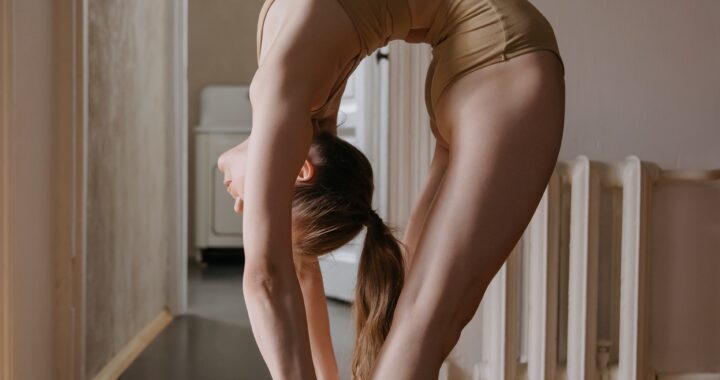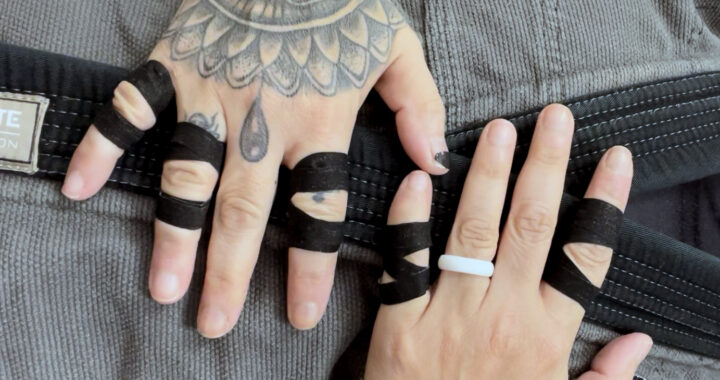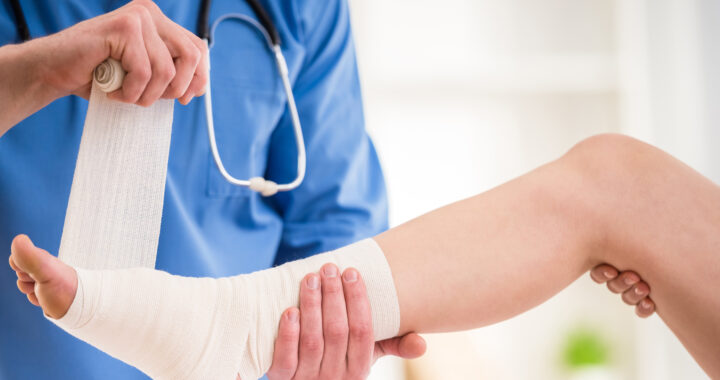Return to Play

By Chris Fletcher
Injury in Jiu Jitsu is inevitable. While there are plenty of ways to decrease risk, in my opinion
Brazilian Jiu Jitsu has a 100% injury rate. Eventually, if you stick with the sport long enough, you will have an injury that requires some sort of rest and rehabilitation. One of the reasons people quit Jiu Jitsu is from injuries that impact their everyday life like work, sleeping, chores. Some of these injuries are significant enough to need surgery, which can be expensive and requires a long rehabilitation period.

Return to play is typically defined as when the risk of re-injury is low and performance will be
optimal. (1) These decisions have been made through clinical assessment such as strength,
range of motion, etc., and on-the-field assessments. There is a four-fold increase of re-injury after sustaining an injury.
“Injuries will happen in Brazilian Jiu Jitsu, and return to sport is possible in most cases.”
The psychological factors of return to play have been widely researched and found that 90% of
athletes that undergo physical rehabilitation regain normal function of the injured area, but only 63% return to pre-injury levels, and only 44% return to competition. (2) It is suggested that coping resources, personality, and emotional state impact sports injuries. When some athletes return to sport and are worried about re-injury, they often have decreased motivation to return to sport, decreased level of performance, and they often appear physically unable to return to sport. (2)
Return to sport can have three levels:
- Return to Participation: The athlete has returned to low-level participation, but not ready
- for a full return due to physical, psychological, or medical factors.
- Return to Sport: The athlete has returned to their sport, but they are not at their peak
performance. - Return to Performance or Competition: The athlete has returned to their sport at equal or
better than their pre-injury level.(3)
Who decides when an athlete is ready to return to play? A large research article found that
medical doctors, physical therapists, and athletic trainers had the best ability to assess factors
that were related to risk of injury. But on the other hand, when it came to assessing factors
related to competition (desire, financial impact, and psyche), athletes, coaches, and sports
associations had a better understanding. (1)
Injuries will happen in Brazilian Jiu Jitsu, and return to sport is possible in most cases.
Ultimately, an athlete-centered approach that includes a multidisciplinary team that can account
for all factors, not just physical, will lead to more optimal outcomes.
Disclaimer: The content in this article is for informational purposes only – it is not intended to delay or substitute for professional medical advice, diagnosis, and/or treatment. The content is not intended to promote understanding of various musculoskeletal injuries. Content may not apply to your specific condition or symptoms. Always seek the advice of your physician or other qualified medical professional for any question you have for a medical condition.
References:
- Menta R, D’Angelo K. Challenges surrounding return-to-play (RTP) for the sports
- clinician: a case highlighting the need for a thorough three-step RTP model. J Can
- Chiropr Assoc. 2016 Dec; 60(4): 311–321.
- Gomez-Espejo V, Aurelio Olmedilla A, Abenza-Cano L, Alejandro Garcia-Mas A, Ortega
E. Front. Psychol., 23 September 2022 Sec. Movement Science and Sport Psychology.
Volume 13 – 2022 - Physiopedia. Return to Play in Sports. Online resource.
https://www.physio-pedia.com/Return_to_Play_in_Sports?utm_source=physiopedia&utm
_medium=related_articles&utm_campaign=ongoing_internal.

Our printed magazine is full of extraordinary women with extraordinary stories, get your printed copy via mail today >



 Hypermobility Spectrum Disorder
Hypermobility Spectrum Disorder  Finger Pulley Injuries and the Value of Taping
Finger Pulley Injuries and the Value of Taping  Hip Pain and the Sneaky Tensor Fasciae Latae
Hip Pain and the Sneaky Tensor Fasciae Latae  Low Back Pain
Low Back Pain  Toe Hold
Toe Hold  Wrist Locks:
Wrist Locks:  Father Time is Undefeated
Father Time is Undefeated  The Jiujiteira Sisterhood
The Jiujiteira Sisterhood  Advice in the Ranks- From White to Black
Advice in the Ranks- From White to Black  ADGS Rome: Jiujiteiras Shine in the Land of the Colosseum
ADGS Rome: Jiujiteiras Shine in the Land of the Colosseum